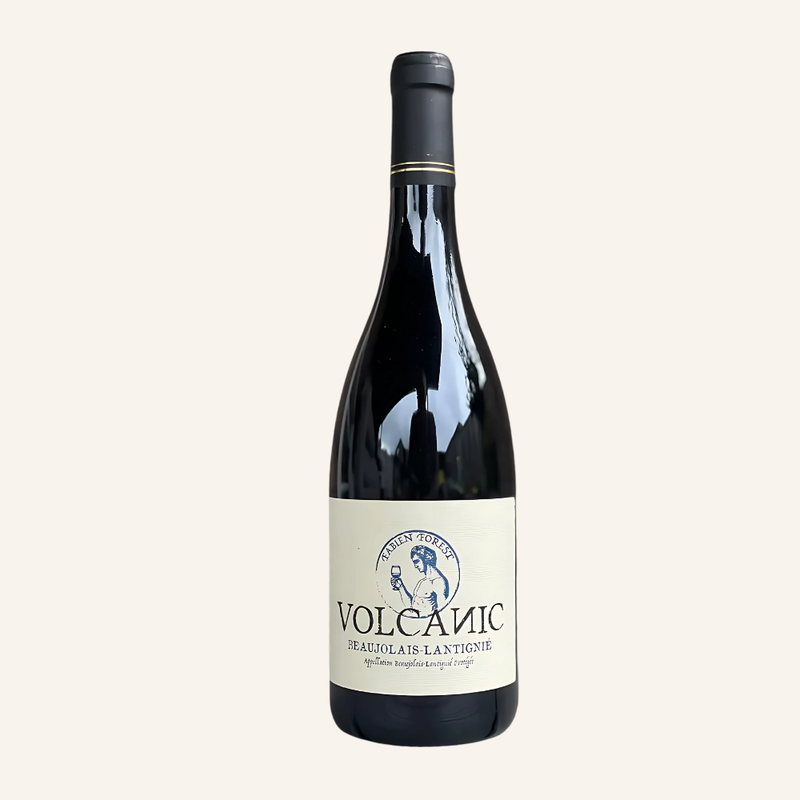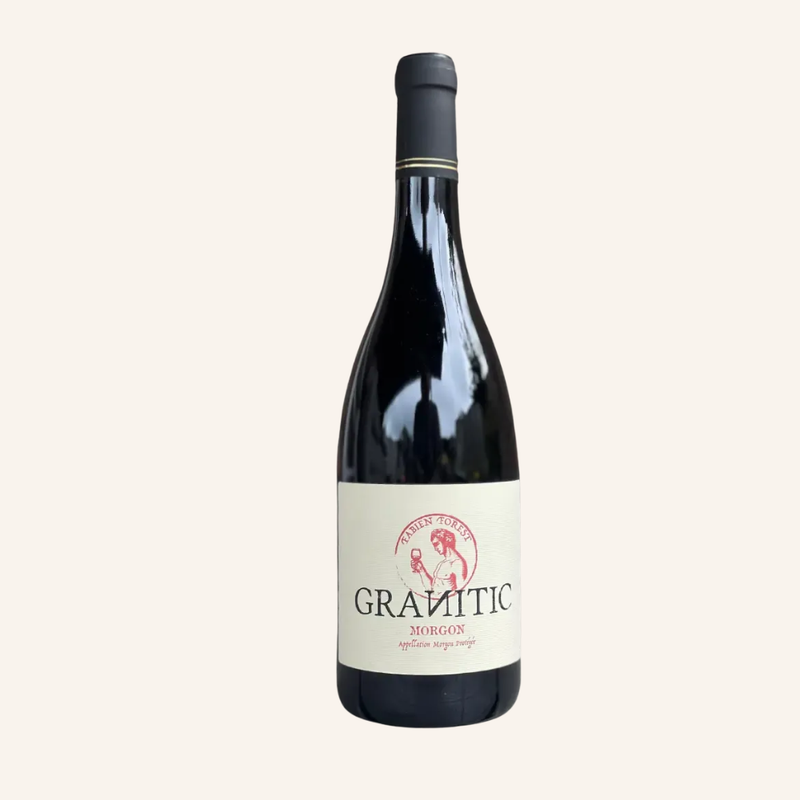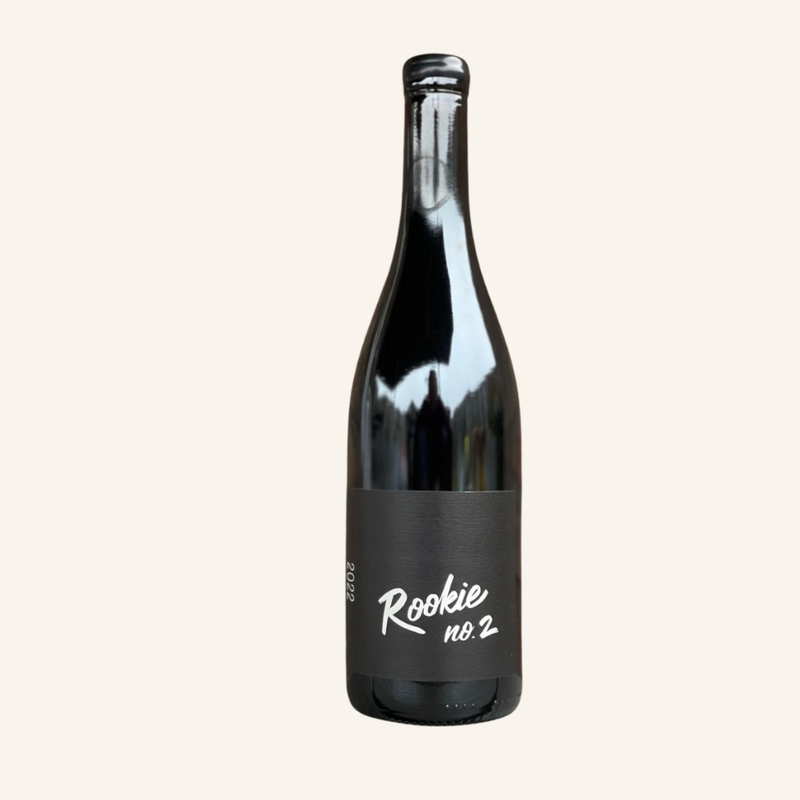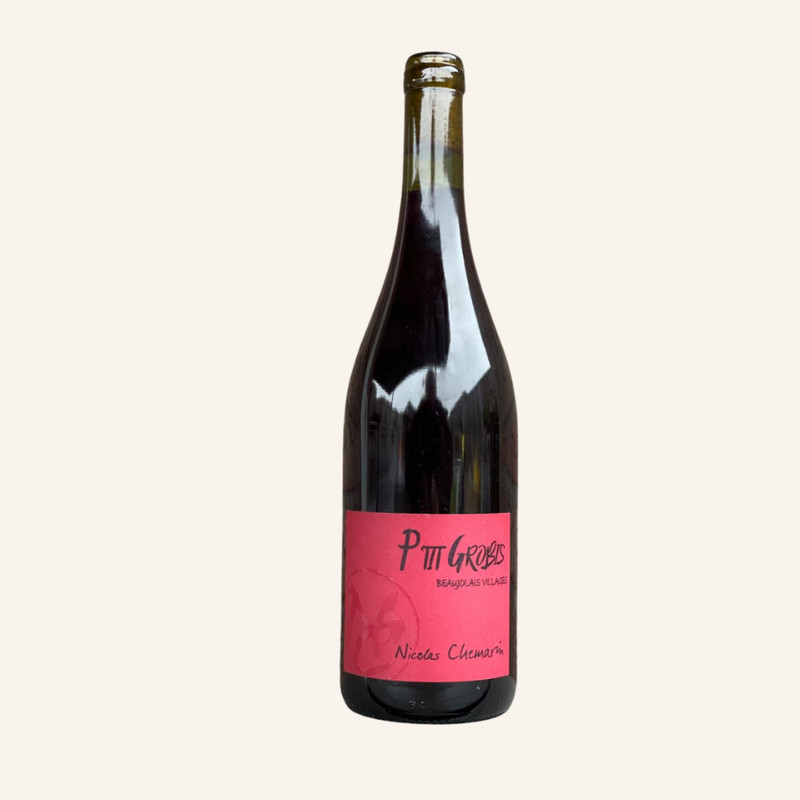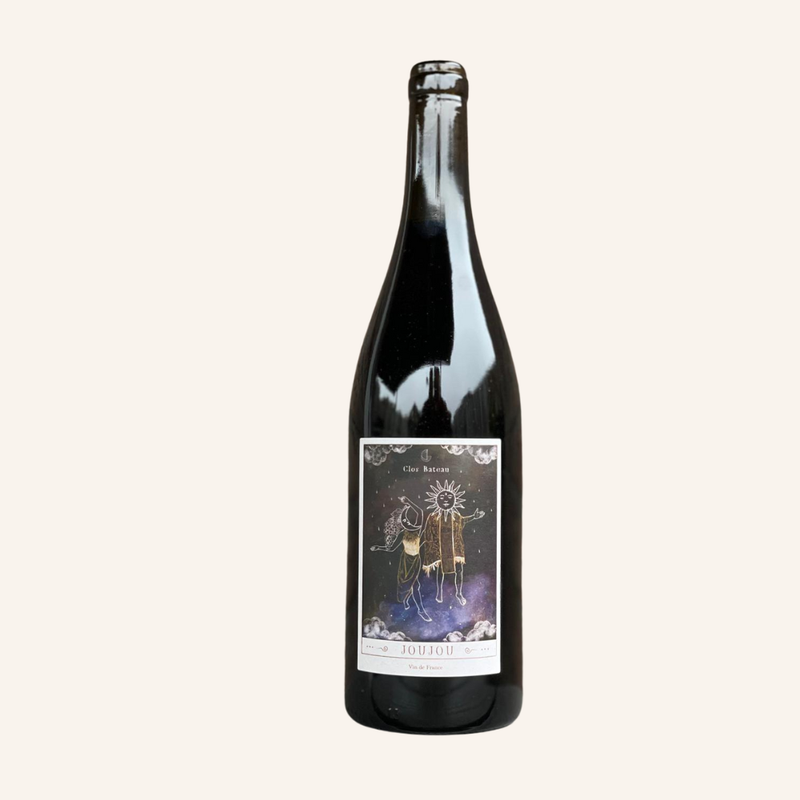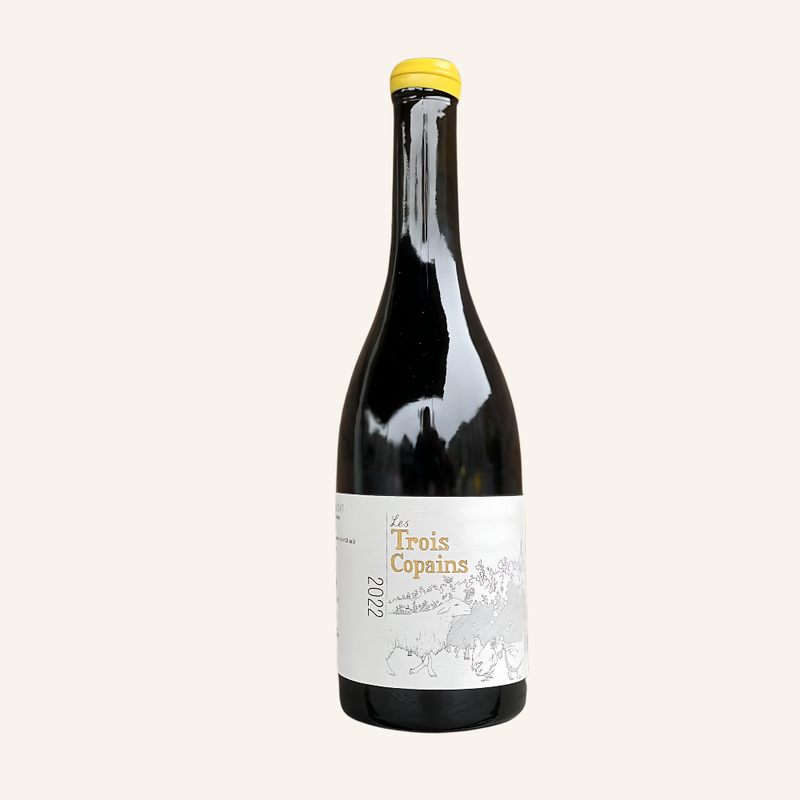Beaujolais
Hailing from a picturesque region just south of Burgundy in eastern France, Beaujolais wines are known for their lively, fruity character and versatility. The Beaujolais region is famous for producing wines made mainly from the Gamay grape, which thrives in the area's unique mix of granite and slate soils. These wines are usually light to medium bodied, with fresh red fruit aromas such as cherry, raspberry and cranberry, often accompanied by floral notes and a hint of spice. White Beaujolais (Chardonnay) can be described as fairly rare and not necessarily something you should immediately look for. Exceptions aside, the soil composition and climate are not ideal.
Beaujolais and Bourgogne wines certainly share some common elements, such as an elegant fruity character and earthy notes, but their differences in grape varieties, wine style and ageing potential still make them distinctly different categories. Nevertheless, they complement each other well for lovers of refined, terroir-driven wines. Beaujolais tends to be lighter and more playful, while Bourgogne wines show more depth and complexity. Both regions also have earthy notes: Beaujolais shows subtle earthy and spicy nuances, while Bourgogne offers richer earthy flavours such as leather and mushrooms. This earthy aspect comes from similar terroirs, in which climate and soil play an important role.
